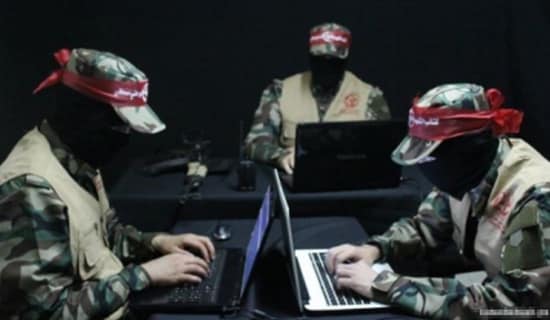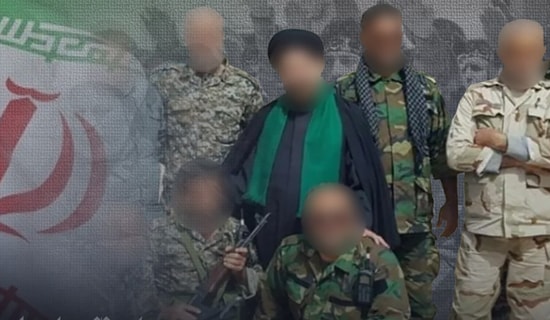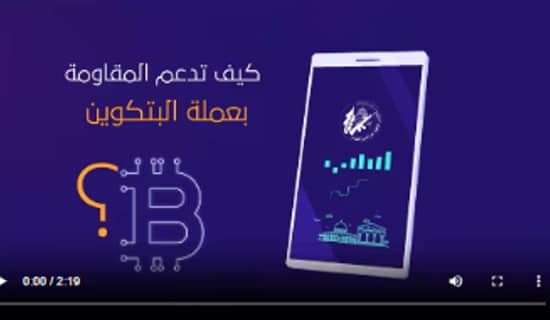On September 26, 2014, online supporters of the Islamic State (IS) started a social media campaign aimed at curbing IS supporters from irresponsibly posting any information about the IS which could be later on used by its enemies to target its fighters, and to refrain from leaking any IS statements prior to their official release by the group. The campaign was circulated on Twitter using the Arabic Hashtag #Media_Blackout_Campaign. This appears to be a response to an IS statement published earlier this month banning its members from videotaping its operations.
Several days after its launch, the campaign shifted into a counter-offensive mode as well, as IS supporters began rallying their followers to gather and share information about IS enemies, including the Nusairis, Shi'ites, and "Crusaders," supposedly to share with the IS.
The initial announcement about the media blackout campaign was posted on the Jaysh Mu'ariffat Al-Ansar (Army of the Supporters' Handles) (@alkatypah15): "Today, we launch a new campaign that pertains to the supporters of the [Islamic] State on Twitter," it wrote on September 26. In another tweet from the same day, it urged IS supporters to use common sense when tweeting news about the IS: "Operate silently, support the Islamic State wisely, and protect your mujahideen brothers..." it wrote.
Call to "operate silently" as part of the media blackout campaign (Source: twitter.com/alkatypah15, September 26, 2014)
IS supporters also circulated several documents pertaining to the campaign. One document cautioned IS supporter about the methods used by the enemy to target them online.[1] Initially, it said, the targeting was done through the shutdown of IS supporters' Twitter accounts. The document also listed other forms of targeting; for example, it said that there were Twitter accounts that were created for the purpose of posing as staunch supporters of the IS. However, it noted, those accounts would later come out against the IS after realizing the "truth" about it, thus, leaving the impression that IS supporters were decreasing, while attempting to lay doubt about the IS's conduct.
Another method included the embedding of false reports and images about the IS's achievements, while waiting for sincere IS supporters to take the bait and disseminate those reports and images. Later on, however, the same reports and images are exposed in order to undermine the IS's and its supporters' credibility. For example, the document included a picture of a supposed IS fighter who is seen posing with a large sniper rifle. Such an image would typically be consumed and disseminated by IS supporters; the document reveals, however, that the image was in fact of a non-IS fighter, and that it was altered by Peshmerga supporters to be later exposed as a fake picture circulated by IS supporters - thus undermining their credibility.
To request a full copy of this MEMRI Jihad and Terrorism Threat Monitor report, send us an email with the report title, number, and date in the subject line, and include your name, title, organization, and official contact info in the body of the email.
Latest Posts




